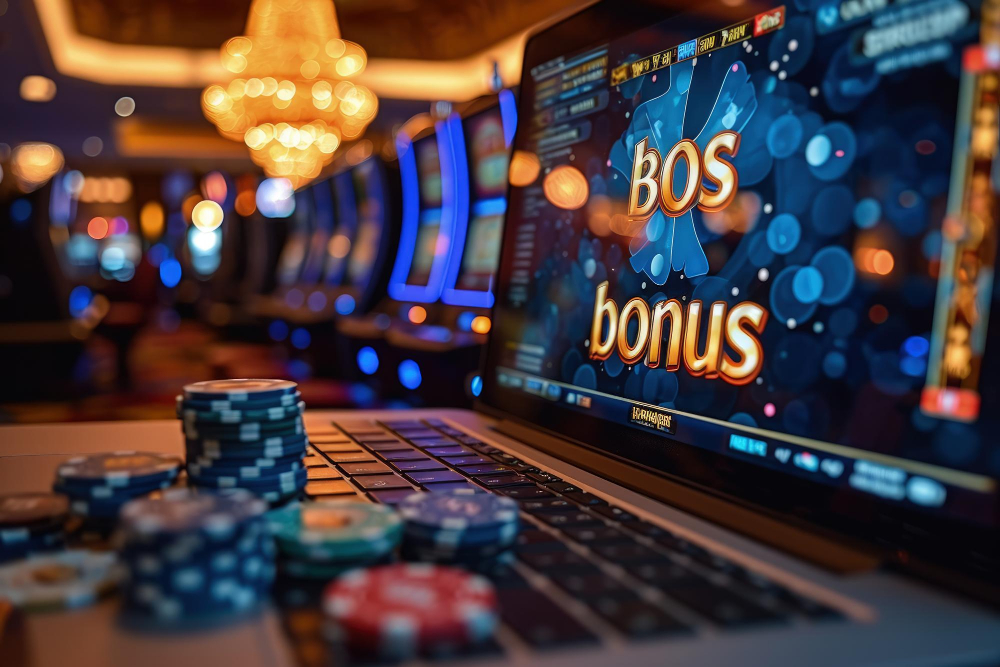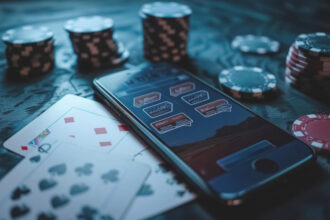Deciding whether to hit on 16 in Blackjack is one of the most contentious decisions players must make. This guide explores the factors influencing this decision, aiming to sharpen your Blackjack strategy for smarter play. With a blend of statistical insights and expert advice, we’ll scrutinize when hitting on 16 can tilt the odds in your favor. Dive into the complexities of this pivotal move and embrace a more informed approach to your Blackjack gameplay.
Understanding the Basics: The Dilemma of Hitting on 16
Before delving into strategies, it’s essential to grasp why hitting on 16 is such a hot topic among Blackjack enthusiasts. A hand total of 16 is deemed weak against a dealer’s upcard indicating potential strength (7 or higher). Players are torn between the risk of busting or standing and hoping for a dealer bust or low final total.
The Dealer’s Upcard: Your Compass in the Game
The dealer’s upcard plays a crucial role in your decision to hit or stand on 16. This section breaks down the advisable actions based on the dealer’s visible card:
| Dealer’s Upcard | Action if You Have a 16 |
|---|---|
| 2 through 6 | Stand |
| 7 through Ace | Hit |
This table serves as a general guideline, although variations in casino rules and deck counts can influence these decisions.
Soft 16 vs. Hard 16: A Key Distinction
- Hard 16: A hand without an Ace counting as 11 e.g., 10-6 or 9-7. Commonly considered the toughest hand to play.
- Soft 16: A hand with an Ace counted as 11, e.g., Ace-5. Offers more flexibility since the Ace can also be valued as 1, reducing the risk of busting when you hit.
Generally, players are more inclined to take a hit on a soft 16 because of the lower risk of busting.
The Impact of Deck Quantity on Your Decision
The number of decks in play can subtly affect the correct strategic move for a hand totaling 16. With more decks, the chances of drawing a low card reduce slightly, altering the statistics behind the hit-or-stand decision. However, the difference is not significant enough to drastically change the basic strategy outlined above.
When To Definitely Hit on 16
There are certain situations where hitting on 16 becomes almost imperative:
- If the dealer’s upcard is a 7 or higher, the chances of the dealer achieving a strong hand are high, making it advisable to take the risk of hitting.
- In scenarios where the true count in card counting suggests an excess of low-value cards left in the deck, improving the odds of getting a 4 or 5.
Final Thoughts: Balancing Risk and Strategy
Making the call to hit or stand on 16 is emblematic of the broader challenges in Blackjack – balancing the intricate dance between risk and strategy. By understanding the dealer’s upcard, recognizing the distinction between hard and soft 16s, and factoring in the number of decks, players can navigate this decision with greater confidence and tactical insight. Remember, while statistics and strategies can guide your play, Blackjack’s unpredictability is what makes it thrilling. Always gamble responsibly, with awareness of the odds and a commitment to enjoying the game.





